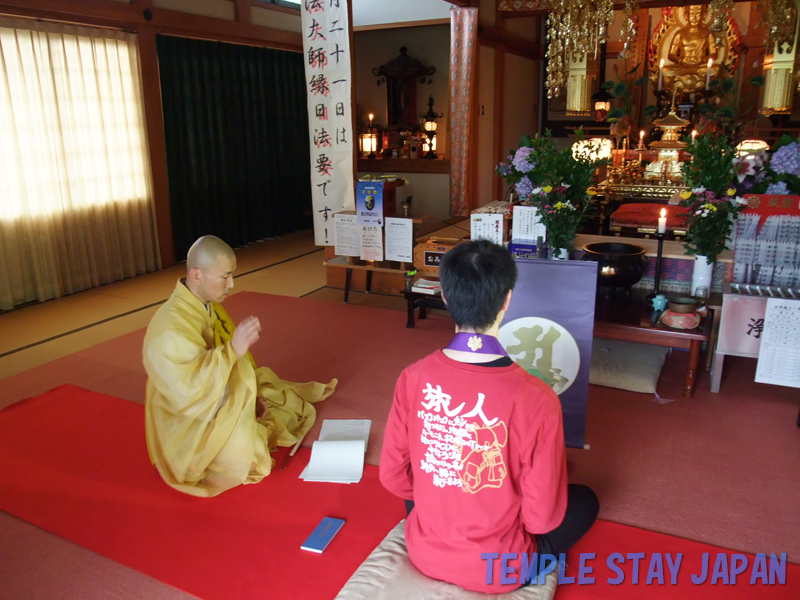About Chugoku region
The Chugoku region is located on the western side of Honshu, Japan's largest island. It consists of five prefectures: Hiroshima, Okayama, Tottori, Shimane, and Yamaguchi. There are many historic temples and shrines, and shukubos are scattered throughout the area.










